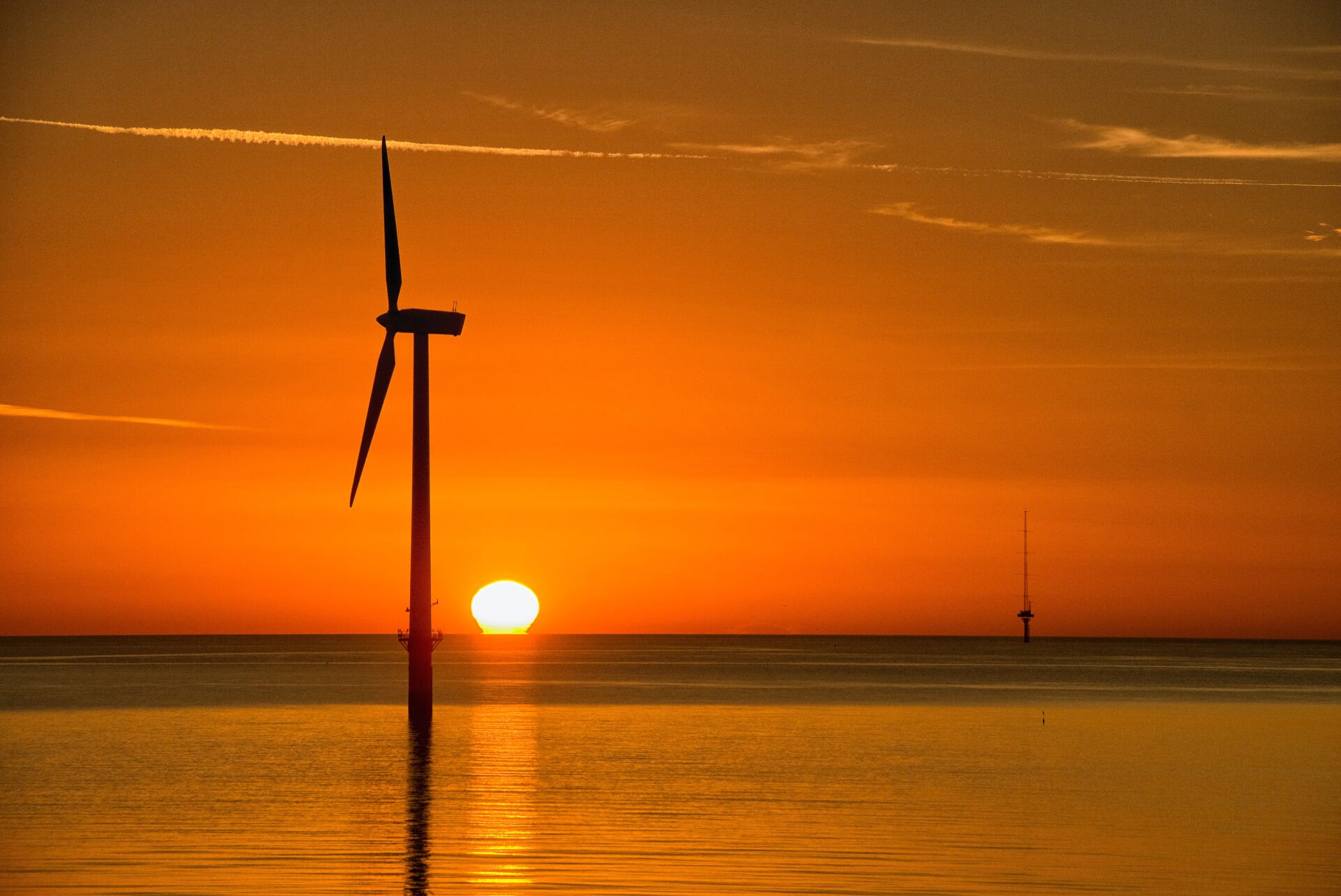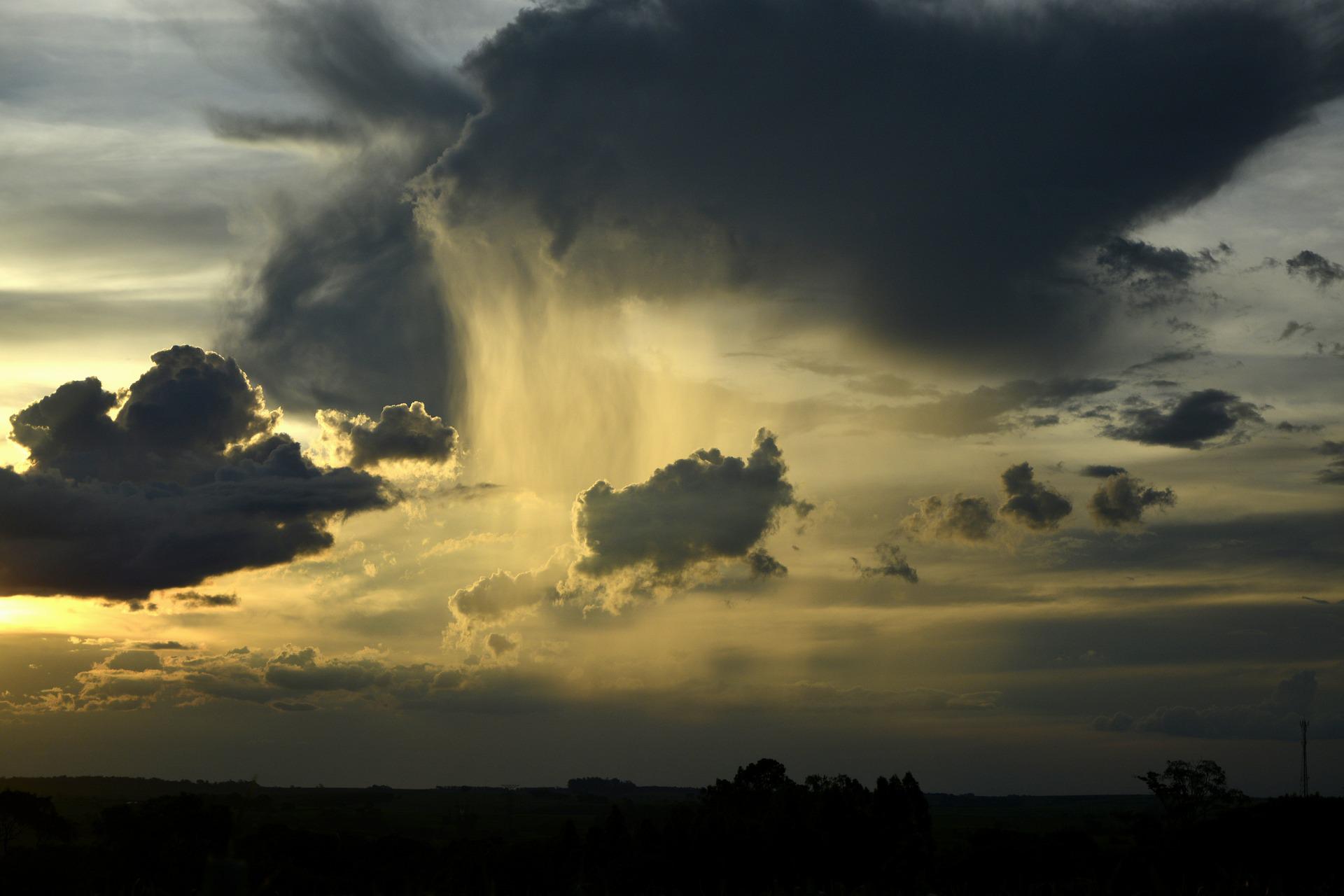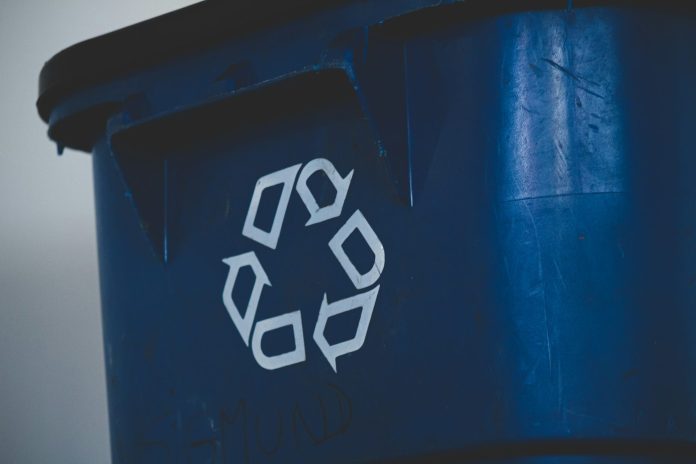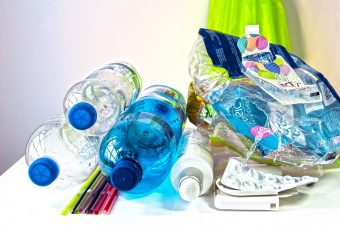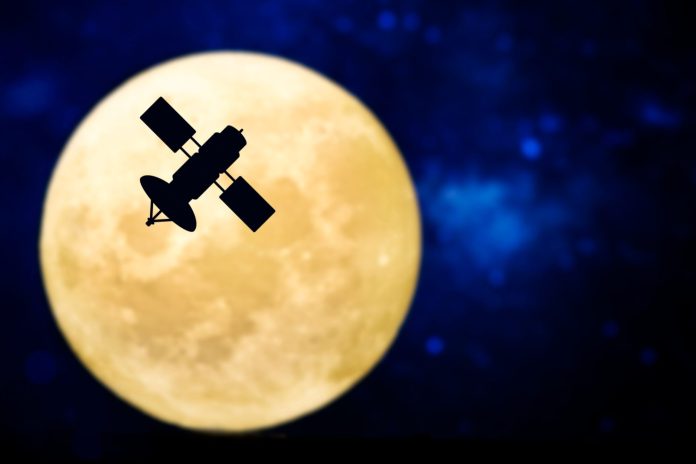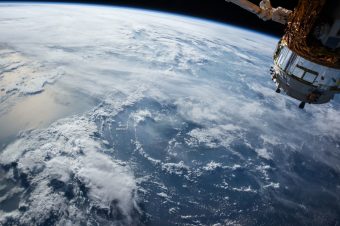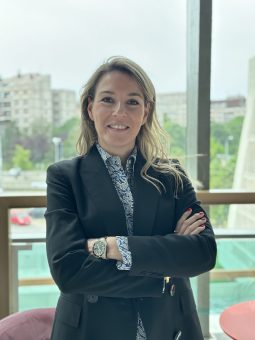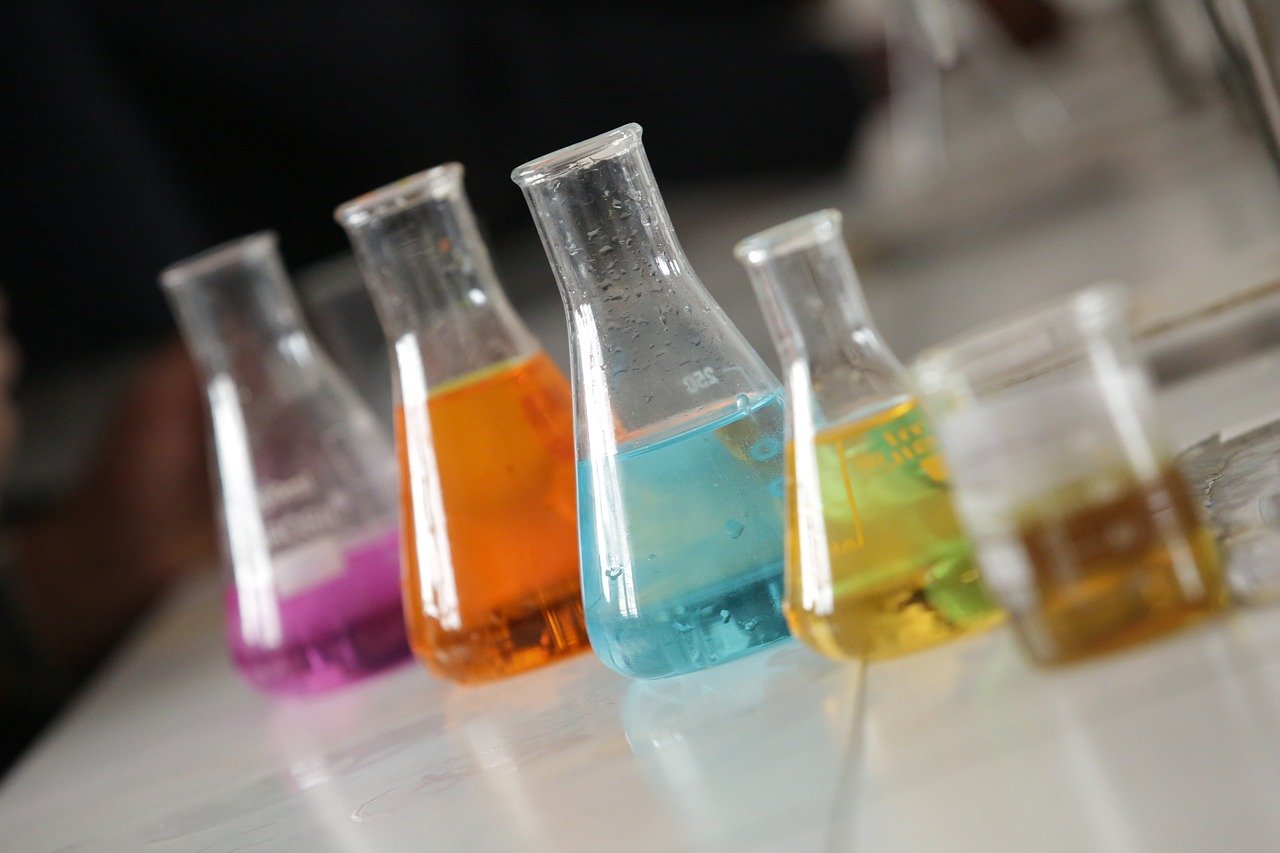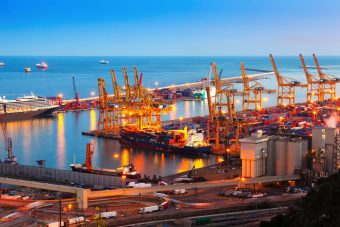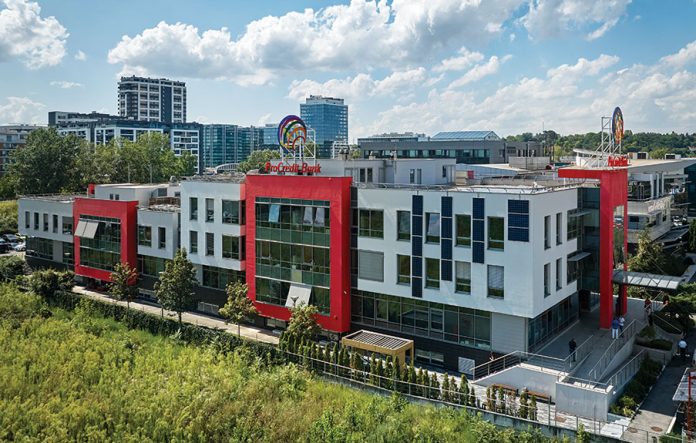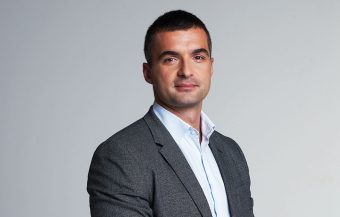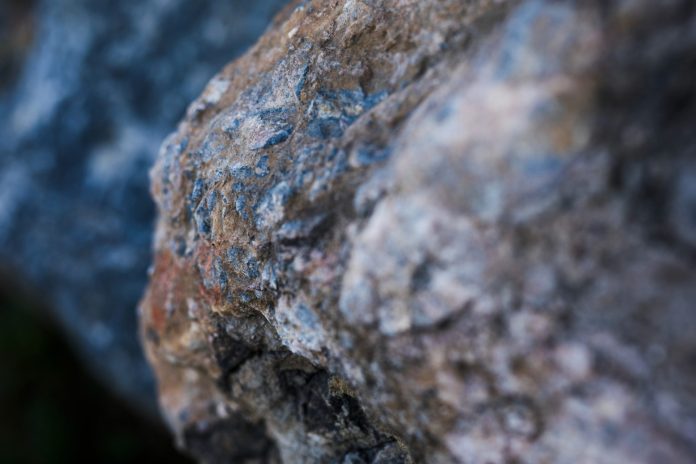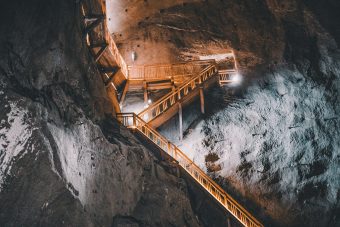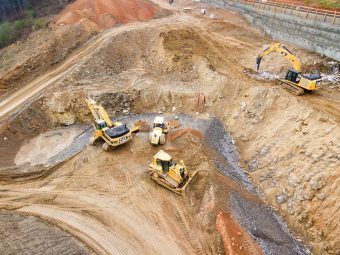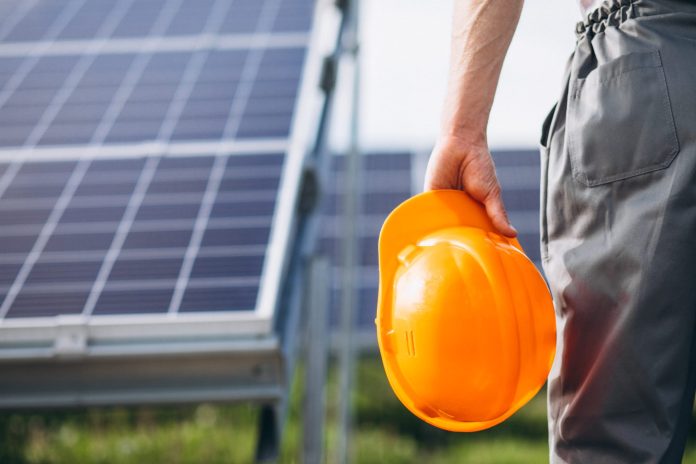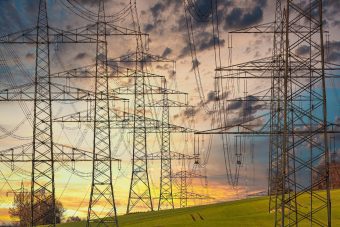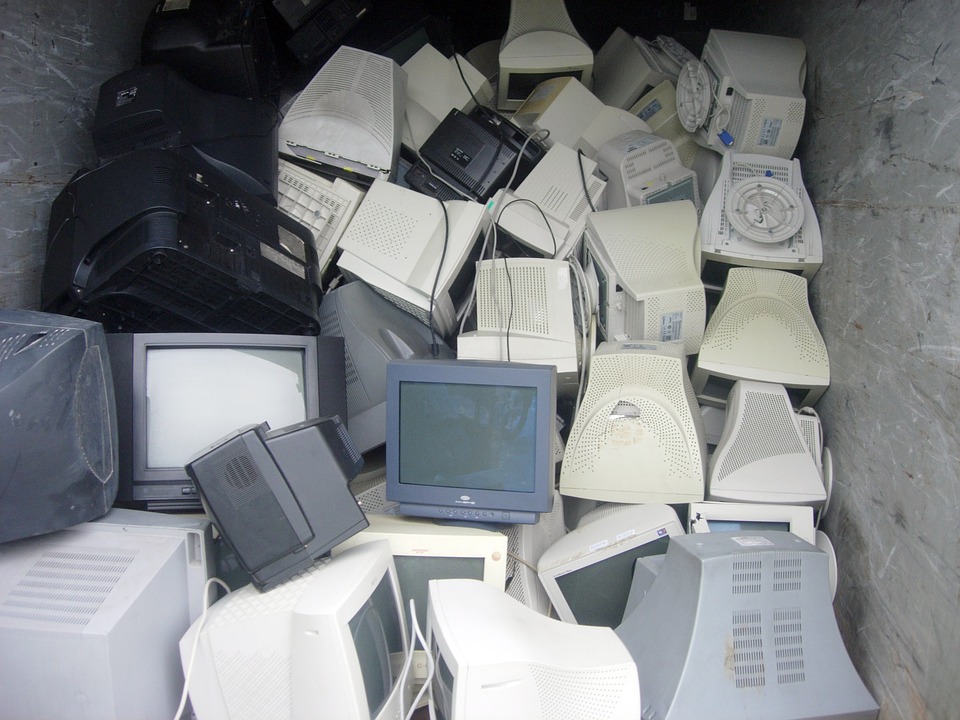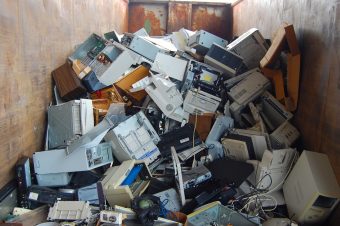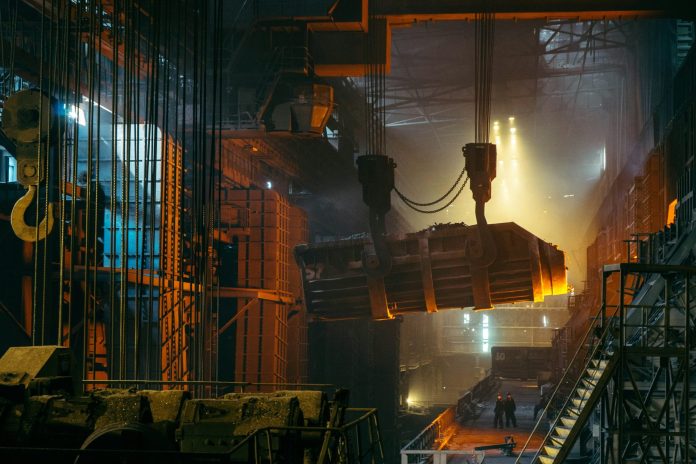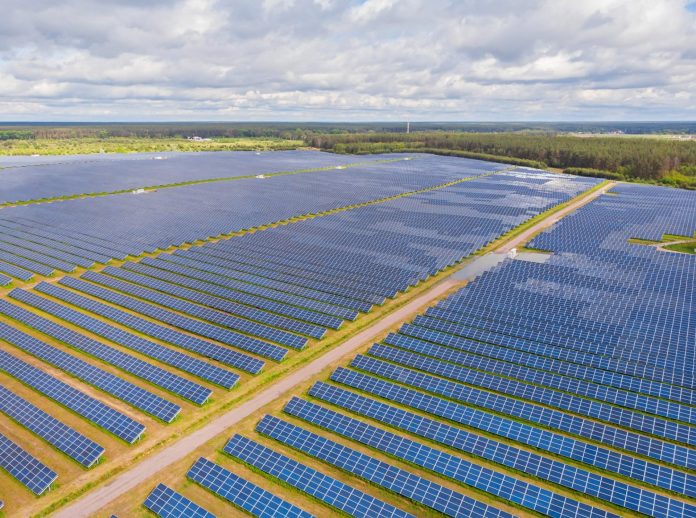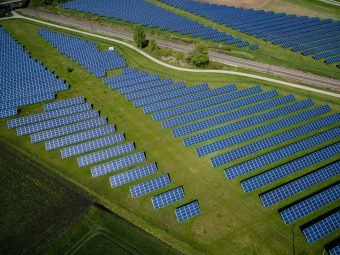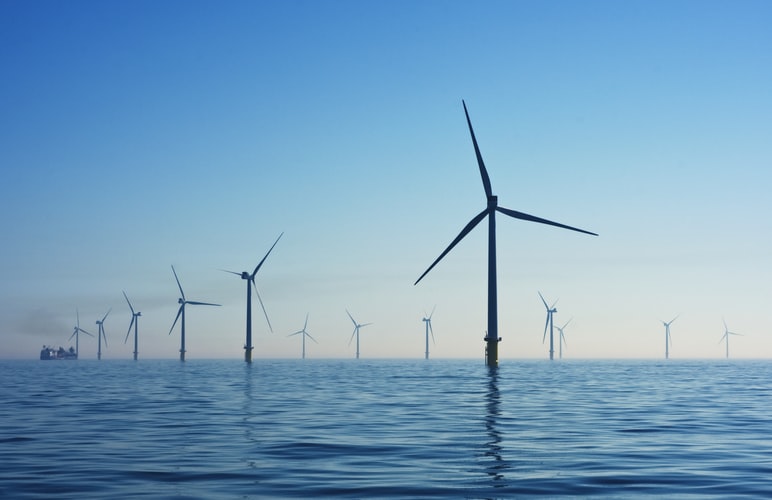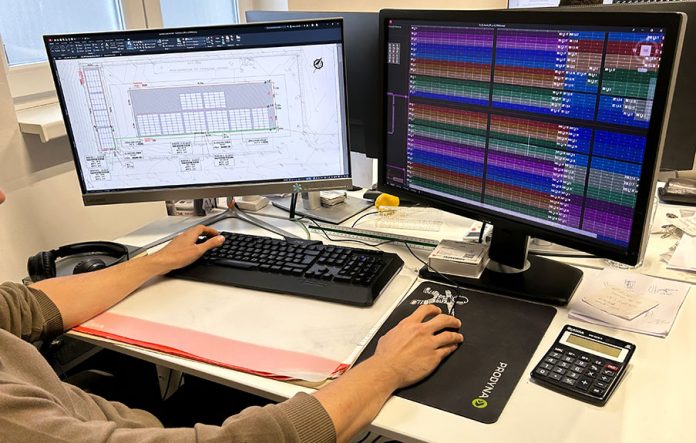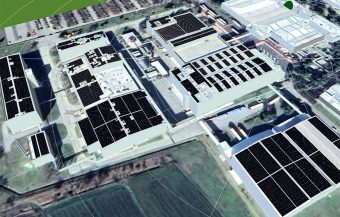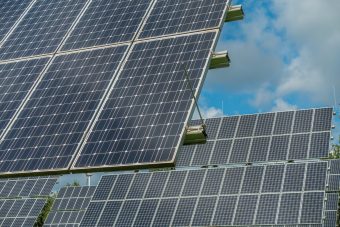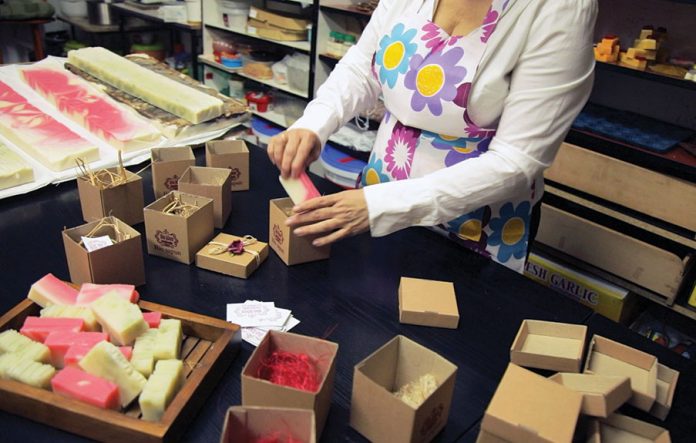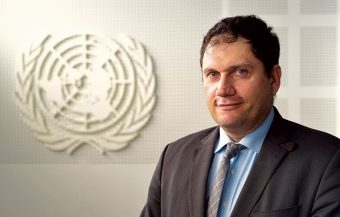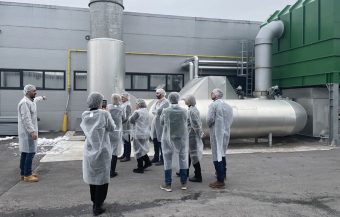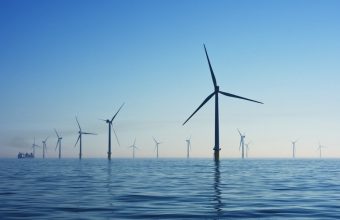
Last year France raised its offshore wind target for 2050 to 45 GW, with an intermediate target of 18 GW by 2035. On 2 May the Government published a new offshore auction schedule. It clarifies auction timelines, identifies new sites and extends existing ones. The Government also set out simplification measures that would drastically reduce the overall time to build offshore wind farms in France.
During a visit to Saint-Nazaire on 2 May France’s Economy Minister Bruno Le Maire and Delegate Minister for Industry Roland Lescure outlined the government’s strategy for offshore wind deployment.
This comes just weeks after France’s President Emmanuel Macron laid out his vision for the competitiveness of Europe in a speech at Sorbonne University. Macron wants Europe to invest heavily in direct electrification. Europe must become “an electric power”, a market for “the free circulation of decarbonised electrons”.
New targets and auction schedules for offshore wind
The Ministers presented changes to France’s offshore tender schedule. This included building larger wind farms further out at sea but also extending the size of existing offshore wind sites by 2.5 GW.
France aims to have 18 GW of offshore wind by 2035 and 45 GW by 2050.
And on 15 May Delegate Minister for Industry Roland Lescure inaugurated the Fécamp offshore wind farm, France’s second fully operational offshore wind farm. France also has one partly commissioned project (500 MW Saint Brieuc) and 15 further projects are the pipeline for 2035. 3 of them are in the process of being built: Yeu/Noirmoutier (500 MW), Courseulles-sur-Mer (450 MW) and Diepe/Le Tréport (500 MW).
Two offshore wind auction rounds of 1.2 GW and 1.5 GW (AO7, AO8) will be launched this summer. And a broad stakeholder consultation to be finalised this year will inform the Government about suitable sites for offshore wind development up until 2050. As a result of this consultation an auction round (AO10) for up to 8-10 GW of capacity could be prepared later this year already.
More:
- FRANCE ANNOUNCES WINNERS OF WORLD’S FIRST COMMERCIAL-SCALE FLOATING OFFSHORE WIND AUCTION
- DENMARK’S LATEST OFFSHORE WIND AUCTION COULD AWARD ENOUGH CAPACITY TO MEET THE COUNTRY’S ENTIRE ELECTRICITY DEMAND
- ROMANIA ADOPTS OFFSHORE WIND LAW
The world’s first commercial-scale floating wind auction
On 15 May Delegate Minister for Industry Roland Lescure also announced the winners of the South Brittany floating offshore wind tender. It was the first time a country offered a Contract for Difference (CfD) for floating wind in a competitive auction – a major milestone in the commercialisation of floating wind. The 250 MW site will not only be the biggest floating offshore wind farm in the world upon completion. It will also more than double Europe’s current floating offshore wind capacity.
Simplification needed
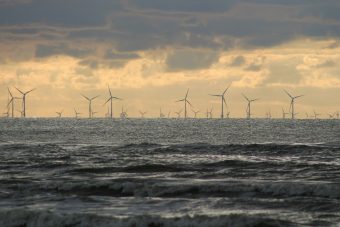
Today it takes 10 to 12 years to build an offshore wind farm in France. This threatens the economic viability of offshore wind farms and puts France’s energy targets at risk. To meet the new offshore wind targets the Ministers announced several new measures to “drastically simplify and shorten” planning and permitting procedures.
The Ministers aim to halve the timelines from 12 years to 6 years. Simplification measures should make it possible to waive certain public procurement rules and accelerate the grid connection for new offshore wind farms. The Ministers also pledged to reduce the total duration of auctions to around twelve months – compared to up to three years today.
Raising the bar for offshore wind auctions
France wants to make maximum use of the new possibilities offered under the EU Net Zero Industry Act (NZIA). These include using prequalification and non-price criteria in wind energy auctions.
The French Government announced that it will implement the NZIA criteria, prequalification criteria on cyber and data security and responsible business conducts as well as supply chain resilience criteria, by the end 2025 and apply them for the offshore wind auctions AO9 and AO10.
These criteria will contribute to strengthening Europe’s wind sector in line with the commitments under the EU Wind Power Package and the European Wind Charter. France wants to create 20,000 additional jobs in wind energy manufacturing by 2035.
Source: WindEurope


